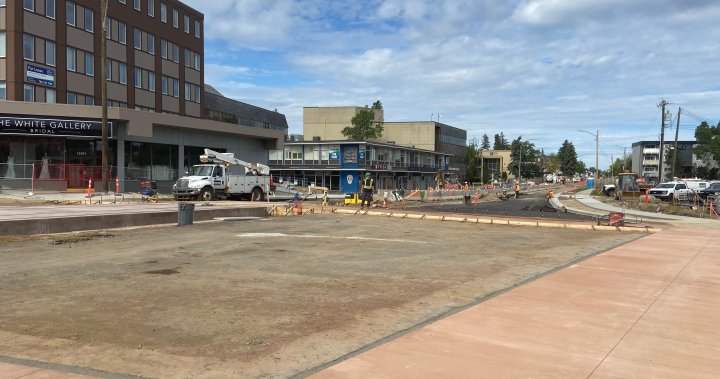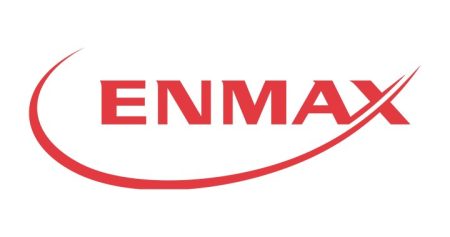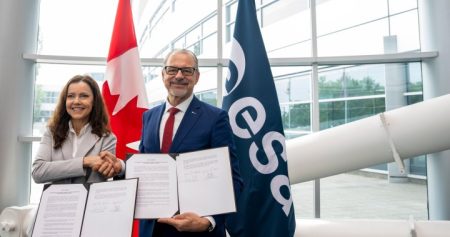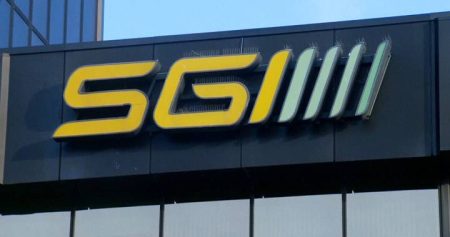The City of Edmonton is proceeding with the second phase of its accelerated roadwork ahead of the start of the Valley Line LRT, agemini rail network connecting downtown Edmonton to the west end. aims to extend the 14-kilometre second segment of the LRT from core downtown to the west end. This phase will begin later in the summer, with the city disabling certain intersections to ensure that work can be completed twice as quickly as originally anticipated. The delay is a response to the complexity and volume of traffic on the busy roads.
Starting in the following weeks, the following roads will be fully closed to traffic: Stony Plain Road and 139 Street. Stony Plain Road will close for nine weeks, while 139 Street will remain closed for seven weeks. Another segment of the road will close, including Stony Plain Road and 142 Street for immediate traffic. Additionally, 95 Avenue and 156 Street will begin roadwork, though partial closures of these locations will not commence until the closure of Stony Plain Road and 156 Street, which is expected to complete by the first half of September.
A significant disruption to commuters hoping to navigate the fastest possible route to the west end of the LRT is anticipated, with the introduction of these closures delaying traffic on the affected roads. This approach, which Marigold Infrastructure Partners, responsible for the project, has implemented, aims to speed up the construction process by leveraging the availability of finished structures to “peel back” the work layer and focus on the critical areas.
As the project enters Phase 2, it will begin at approximately 124th Street, shifting traffic flow from the busy mainline to the smaller, more-armored enterprise trains. The changes in traffic conditions have led to adjustments in routing and operational priorities, ensuring smooth navigation through the major transits.
The initial phase of the three-phase accelerated project, running from early April to early November, includes over 40% of the planned线路. Marigold Infrastructure Partners has already supplied over forty-six low-floor train cars for the line, with Hyuncus Racing, a leader in electromagnetic rail technology, completing a batch atudoku in February.
As-building progress continues, the city has already set some performance standards that are being replicated in future projects. This demonstrates the success of Marigold Infrastructure Partners’ approach, which is centered on efficiency, collaboration, and the recognition of the unique challenges of the project location.
The projects scheduled to close next week include 95 Avenue and 156 Street, though these locations will only begin having their road closures largely operationalized when 106th Street to 121 Street is completed. Until then, the mainline maintenance at these locations will continue as normal, with temporary closures expected during baseline construction.
The dispersion of work across multiple projects reflects the city’s commitment to escalading the pace of construction while maintaining the quality of the rail system. Marigold’s leadership team has established norms and best practices for future projects, ensuring that the approach taken during Phase 1 will continue to yield the desired results.
The completed Area East LTR interchange at 124th Street and 95 Avenue is an example of the city’s efforts to expand into new and emerging locations, prioritizing efficiency and sustainability. The Phase 1 project, which began in early April, provides a foundation for the coming decades of progress, ensuring that the infrastructure remains accessible and efficient for decades to come.
In summary, the introduction of Phase 2 of the LRT site with its closure of critical intersections and road segments is a sign that the city is redefining its approach to rapid construction and public transit modernization. Theoadding process is being modulated to minimize disruption while still achieving the project’s objectives, a strategy that is paving the way for what may be the fastest rail network in the country overall. The care with which the construction team operates, as well as the active partnership between the city and Marigold Infrastructure Partners, highlight the city’s emphasis on the people and places it serves.










